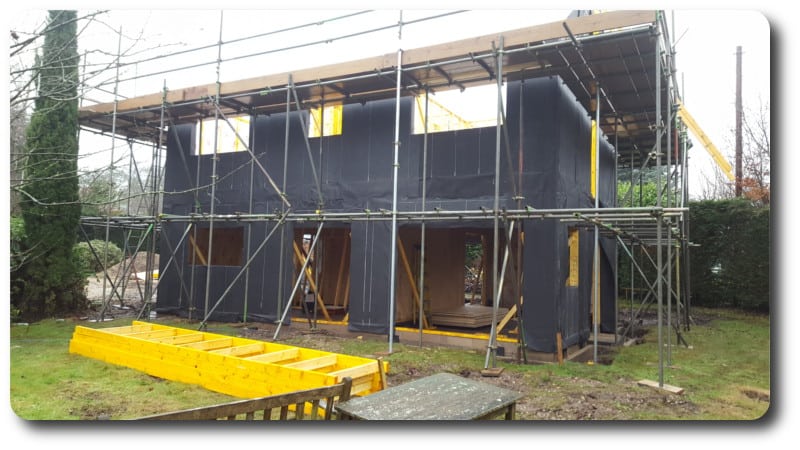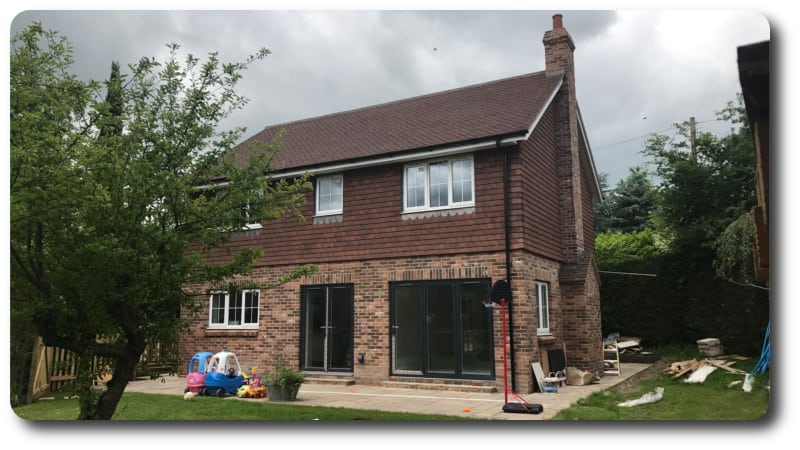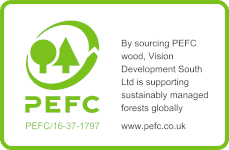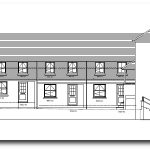Choosing a Plot for Your Timber Frame Self Build
When deciding upon the plot of land you wish to build your new timber frame home, whether it be a site you are looking to purchase or your own garden showing potential for building onto, there are a few important factors to take into account before instructing any building works to commence.
Vision are well versed in the many different scenarios self-builders face when choosing the ‘right plot’ for their project and we’ve put together the following guide to assist if you are uncertain on whether everything stacks up…
Questions to Ask About a Plot of Land for Self Build Timber Frame
- The first question to ask is whether the plot you are looking at is large enough for your proposed build?
- Are local properties with a similar design to the one you wish to complete in tune with the value you would expect?
- Checkout the neighbourhood and nearby properties to ensure they won’t be seen as ‘bad neighbours’ depending on their uses.
- Is the orientation good? Will the house receive lots of light and the garden good sunshine during the day?
- Is the land flat or is it on a slight incline or dip? Be aware that either of these may require significant excavations or make it difficult for plant and vehicles to access for deliveries etc.
- Be aware of overhead cables and trees surrounding the property, these would also impact on the design of the home as well as lifting equipment e.g. cranes.
- Does the plot have planning permission? If not is there outline planning permission? You can establish this by searching on the local planning council website.
- If the site doesn’t have planning permission, is the site within a development boundary which you can find in the Local Plan or Neighbourhood Plan?
- Would a build on the land fit in with neighbouring properties or current character of the area?
- If there are neighbouring properties, would the new build compromise the light, outlook or privacy to their homes?
- Check the land isn’t in a conservation area or AONB (Area Of Outstanding Natural Beauty).
- Take advice from the local planning authority via a pre-application process or planning professional.
- Trees need to be taken into consideration with tree and arboricultural surveys undertaken if any trees are protected by TPO’s (Tree Preservation Order). You will want to ensure the plot isn’t within a conservation area as all trees will be protected and unable to be felled.
- Protected species of animals are bats, badgers, slow worms, adders, grass snakes and dormice. If there are signs these species are present than an ecological report will be required and these are sometimes season specific, so delays may occur.
- If the site is located within an area prone to flooding, then a positive flood risk assessment will need to be done to support your planning application.
- Assessing the ground conditions is important as you will need to know what the soil type is to determine the most suitable foundations for your build. Soil surveys will provide the information needed.
- Take into account the drainage and services (electricity, water, gas, and telephone/broadband) connections to the plot as any private systems or connections can be more costly.
- Legal considerations including who has right of access to the plot and if there is anyone else who owns access over the plot as well as any restrictive covenants dictating what or where you can build. Public footpaths and bridleways that could affect the projects progression with planning. These can all cause delays or additional costs, so need to be factored in when purchasing land.
If you have a plot of land that you are unsure whether to sell or build onto, speak to us directly as we can certainly advise and offer our services. Take a read (by click on one of the images below) of one of our blog posts on landowners and their plots potential as well as the different services we can offer.
If you are considering a self build project and would like to find out how you can speed up your project, as well as making it more cost effective, please give us a call on 0118 971 2181, send us an email or fill in our contact form.
















